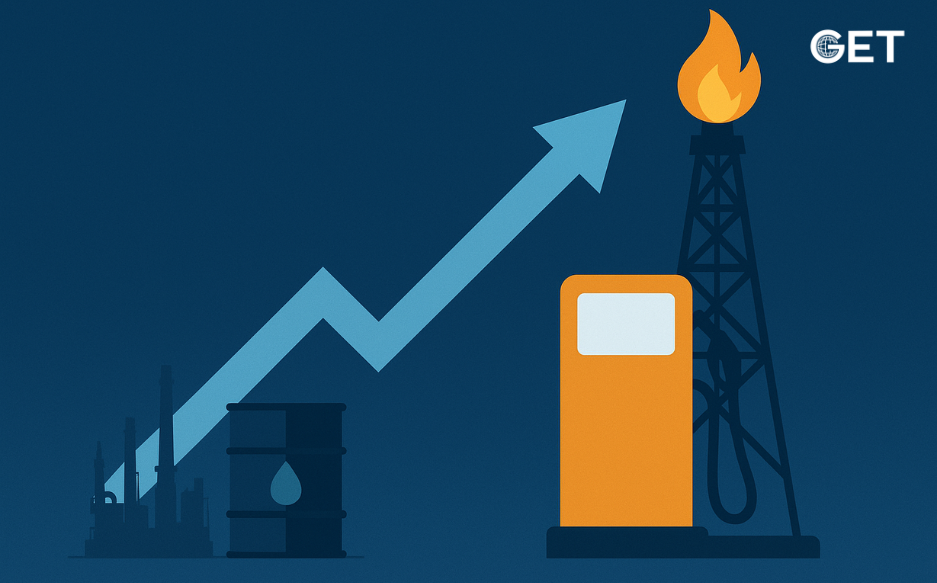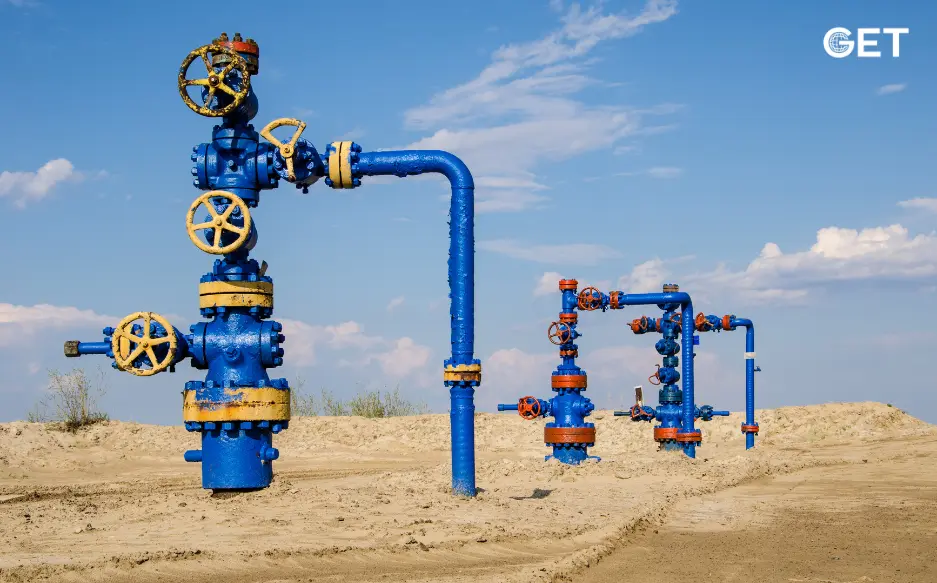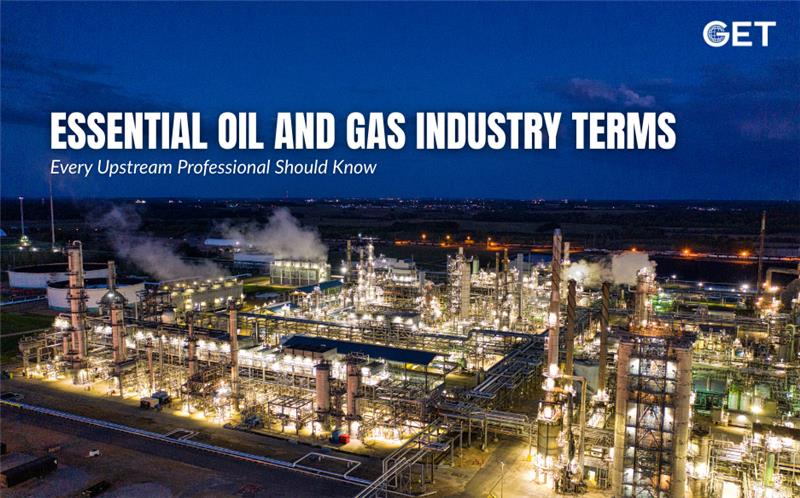
In the oil and gas industry, understanding the intricacies of upstream and downstream production is essential. These terms denote the specific positions companies occupy within the supply chain, describing their roles in extracting and refining oil and gas resources.
At its core, upstream operations involve activities related to exploration, drilling, and extraction of crude oil and natural gas reserves from underground reservoirs. Conversely, downstream operations encompass refining crude oil into various petroleum products, such as gasoline, diesel, and jet fuel, along with distribution and marketing of these refined products to consumers.
In this dynamic sector, companies are categorized as upstream, downstream, or midstream, depending on their primary focus. Upstream companies primarily engage in exploration and production activities, while downstream entities focus on refining and marketing petroleum products. Additionally, some companies adopt an integrated approach, combining functions from multiple streams to streamline operations and maximize efficiency.
Understanding the distinctions between upstream and downstream operations is important for grasping the broader landscape of the oil and gas industry, shedding light on the diverse roles and contributions of companies operating within this complex ecosystem.
Key Takeaways
Upstream oil and gas production is the initial phase in the industry’s supply chain, involving the identification, extraction, and production of raw materials. Companies operating in this sector play a pivotal role in exploring potential deposits, drilling wells, and recovering valuable resources from underground reservoirs. Their activities encompass a wide range of services, including rig operations, feasibility studies, machinery rental, and chemical supply extraction.
Professionals employed in the upstream industry span various disciplines, such as geology, geophysics, engineering, and environmental science. Geologists and geophysicists are instrumental in identifying potential oil and gas reserves, while service rig operators and drilling contractors execute the physical extraction process. Additionally, engineering firms and scientists contribute expertise in designing and implementing efficient extraction techniques.
Overall, upstream operations form the foundation of the oil and gas industry, driving exploration and extraction efforts to meet global energy demands while adhering to stringent environmental and safety standards.
Downstream oil and gas production means the latter stages of the industry’s supply chain, where operations transition from production to the delivery of finished products to end-users. Companies operating in the downstream sector are crucial in refining raw materials into usable products and distributing them to consumers.
Key players in downstream operations include oil refineries, which process crude oil into various petroleum products such as gasoline, diesel, and heating oil. Additionally, petroleum product distributors play a vital role in transporting these refined products to retail outlets and end-users. Other entities involved in downstream activities include petrochemical plants, natural gas distributors, and retail outlets.
The downstream sector is responsible for delivering a wide range of essential products to consumers, including fuels like gasoline and natural gas, as well as industrial materials like lubricants and petrochemicals. These products find application across various industries, including transportation, manufacturing, and agriculture.
Overall, downstream operations are essential in bridging the gap between production and consumption, ensuring the availability of vital energy and industrial products to support economic activities and enhance the quality of life for consumers.
Here’s a difference between oil and gas operations in a table format for quick and easy understanding:
| Aspect | Upstream Operations | Downstream Operations |
| Location in Supply Chain | Initial phase, focusing on extraction and production | Latter stage, involving refining and distribution |
| Activities | Identifying deposits, drilling wells, extraction | Refining crude oil, product distribution, retail |
| Key Players | Exploration and production companies | Refineries, distributors, petrochemical plants |
| Products | Crude oil and natural gas | Refined petroleum products, petrochemicals |
OPEC, short for the Organization of the Petroleum Exporting Countries, is a group comprising 13 oil-exporting nations. This intergovernmental organization collaborates to coordinate their petroleum policies. It holds significant influence over crude oil production and upstream operations, as it encompasses national oil companies within its membership.
Midstream operations in the oil and gas industry bridge the gap between upstream and downstream activities. This sector focuses on the storage, processing, and transportation of petroleum products. It plays a vital role in ensuring the efficient movement of crude oil and natural gas from production sites to refineries and ultimately to end-users.
Midstream infrastructure includes pipelines, storage tanks, and processing facilities, which facilitate the safe and reliable transportation and handling of petroleum products across various regions. These operations are crucial for maintaining the integrity of the supply chain and ensuring the availability of energy resources to meet global demands.
Understanding upstream, downstream, and midstream operations in the oil and gas industry is essential for understanding the entire supply chain. Upstream operations focus on exploration and extraction, while downstream operations involve refining and distributing petroleum products to end-users. Midstream operations bridge these stages, facilitating the efficient transportation and storage of resources.
Additionally, organizations like OPEC play a significant role in coordinating petroleum policies among member nations. As the industry continues to evolve, a comprehensive understanding of these operations is crucial for stakeholders to navigate the complexities and challenges of the oil and gas sector effectively.
Also Read: Oilfield Services Companies UAE

By Get global | December 23, 2025
Introduction to the Oil and Gas Industry When individuals think of the “oil and gas industry,” the most common associations would probably be drilling rigs, offshore platforms, or harsh working conditions. And to some extent, these are indeed the case. But in the end, the industry is still much larger […]

By Get global | December 17, 2025
As the oil and gas industry moves toward 2026, the pressure is no longer coming from one direction. Markets remain volatile. Regulations are tightening. Digital expectations are rising. At the same time, demand for reliable energy has not disappeared. What has changed is how companies respond to this complexity. Many […]

By Get global | December 11, 2025

By Get global | December 5, 2025
Turkey’s ambitions in the energy sector have taken a significant step forward as Turkish Petroleum (TPAO) ramps up drilling at its latest Black Sea discovery. The find is considered one of the most promising additions to the region’s portfolio, reshaping the conversation around Turkish gas exploration, self-sufficiency, and the future […]

By Get global | November 27, 2025
The upstream oil and gas industry is thrilling, quick-moving, and rich with opportunities—but let’s face it, it also has a lot of technical language. If you are a newcomer to the industry, changing jobs, or just wanting to enhance your knowledge about the industry, mastering the right terms can facilitate […]